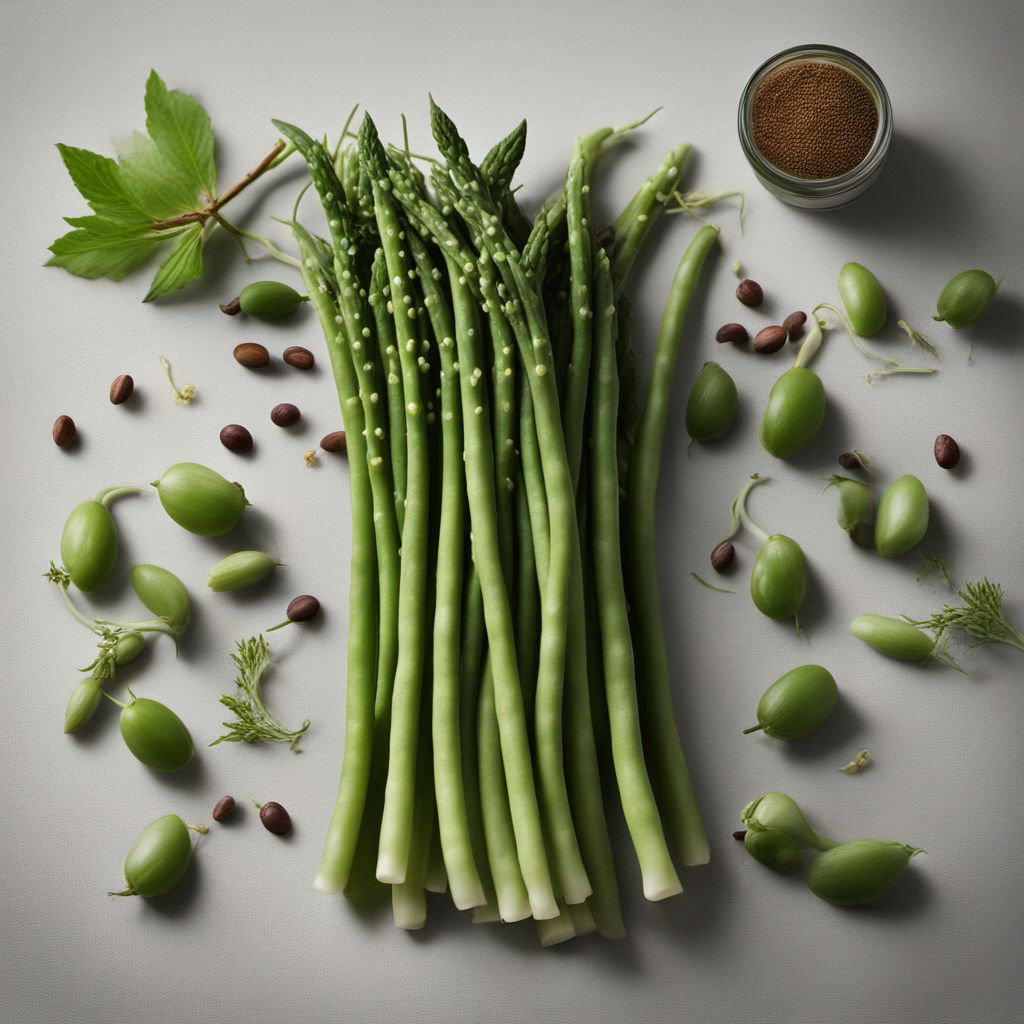
Ingredient
Yardlong beans (with pods)
The Versatile Veggie: Exploring Yardlong Beans
Yardlong beans are slender, long green pods that can grow up to a yard in length, hence their name. They have a crisp texture and a slightly sweet, nutty flavor. The beans inside the pods are tender and can be eaten as well. Their vibrant green color and elongated shape make them visually appealing in various dishes.
Origins and history
Yardlong beans have been cultivated in Asia for centuries and are believed to have originated in Southeast Asia. They are widely used in Chinese, Thai, and Indian cuisines, where they are valued for their unique texture and flavor. In addition to their culinary significance, yardlong beans also have a rich cultural history in these regions.
Nutritional information
Yardlong beans are low in calories and fat, making them a healthy addition to any diet. They are a good source of dietary fiber, vitamin C, and folate. Additionally, they contain minerals such as potassium and iron.
Allergens
There are no known allergens associated with yardlong beans.
How to select
When selecting yardlong beans, look for pods that are firm, crisp, and vibrant green in color. Avoid beans that are wilted, discolored, or have blemishes. The pods should be free from any signs of mold or pests. Opt for smaller beans, as they tend to be more tender and flavorful.
Storage recommendations
To maintain the freshness of yardlong beans, store them in a perforated plastic bag or airtight container in the refrigerator. They can stay fresh for up to a week. Avoid washing the beans before storing, as moisture can accelerate spoilage.
How to produce
Yardlong beans can be easily grown in a home garden or even in containers. They thrive in warm climates and require well-drained soil and full sun. Sow the seeds directly in the ground or in pots, and provide support for the vines to climb. Regular watering and occasional fertilization will help them grow.
Preparation tips
Yardlong beans can be used in a variety of dishes and cooking techniques. They can be stir-fried with garlic and soy sauce, blanched and added to salads, or pickled for a tangy side dish. They also work well in curries, soups, and stews. To prepare, trim the ends of the beans and cut them into desired lengths. They cook quickly, so be careful not to overcook them to retain their crispness.
Culinary uses
Yardlong beans are commonly used in Asian cuisines, particularly in Chinese, Thai, and Indian dishes. They are often stir-fried, added to curries, or used in salads. They pair well with garlic, ginger, soy sauce, and chili peppers.
Availability
Yardlong beans are commonly available in Asian markets and specialty grocery stores. They are cultivated in countries such as China, Thailand, India, and Vietnam.
More ingredients from this category » Browse all
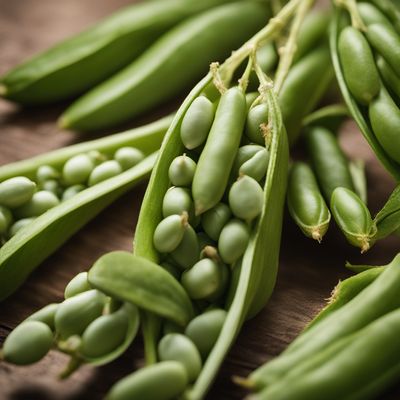
Guar beans (with pods)
The Versatile Guar Bean: A Nutrient-Rich Pod of Possibilities

Rice beans (with pods)
The Versatile Delight: Exploring Rice Beans with Pods

Broad beans (with pods)
The Verdant Gems: Exploring the World of Broad Beans
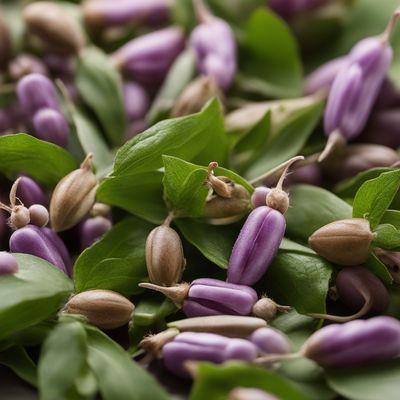
Monantha vetches (with pods)
The Podded Delight

Ervils (with pods)
The Versatile Legume: Ervils
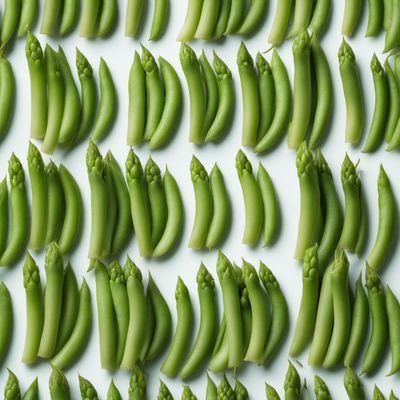
Goa bean (young pods)
The Green Delight: Exploring the Versatility of Goa Bean Pods

Sword bean (young pods)
The Versatile Bean of the Tropics
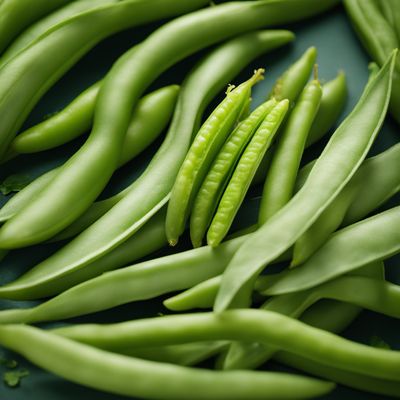
Slicing bean (young pods)
The Versatile Delight: Exploring the World of Slicing Beans
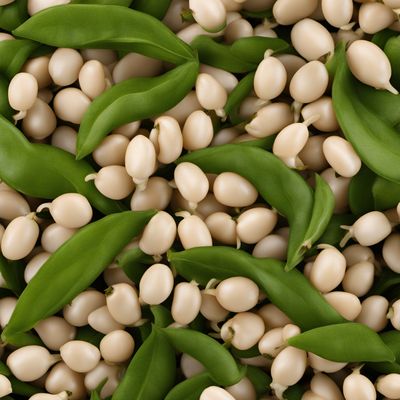
Black eyed peas (with pods)
The Versatile Delight: Exploring the World of Black Eyed Peas with Pods
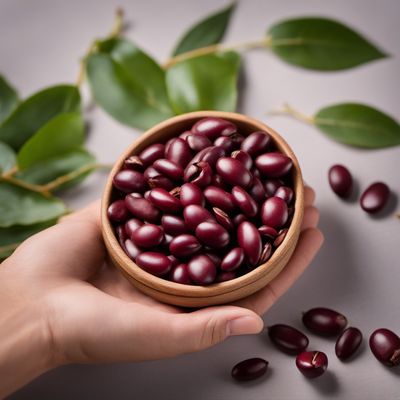
Azuki beans (with pods)
The Versatile Azuki: A Nutrient-Packed Legume with a Crunch

Vetches (with pods)
The Versatile Vetches: Pods Packed with Potential

Stink beans (with pods)
The Pungent Delicacy: Stink Beans